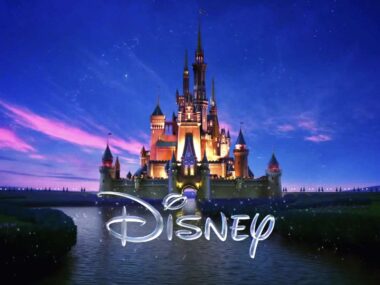There’s been a lot of talk about Tilly Norwood. She looks like any other young actress trying to break into the industry, except she’s not real. Tilly is a fully AI-generated actress. She was created by Dutch actor/technologist Eline Van der Velden through her UK-based company Particle6 and its branch Xicoia.
She already has an online presence. Instagram and Facebook accounts showing screen tests, behind-the-scenes clips. She even has a debut comedy sketch titled AI Commissioner. The goal is to turn Tilly into a digital star who can audition for roles, get signed by talent agencies. Maybe even appear in films and TV series alongside human actors.
Why Actors Feel Threatened
Big names including Emily Blunt, Whoopi Goldberg, and Melissa Barrera have all voiced alarm. SAG-AFTRA, the actors’ union, outright condemned Tilly, calling her a “computer-generated character trained on human performances”. They argued she devalues creativity, undermines contracts, and threatens livelihoods.
It’s not just fear, it’s anger. Actors in Hollywood are already struggling. Fewer movies and TV shows are being approved for production. The ones that do get made are often filmed outside California, or even outside the U.S. The studios aren’t paying fairly (at least not according to many actors). The industry feels more precarious than it has in decades. So the appearance of someone like Tilly only adds fuel to the fire.
Audiences Feel Differently
Here’s the problem: you can’t stop AI.
Not because the studios are pushing it, because consumers are genuinely curious and even excited. Tilly already has fans who want to see her succeed. Audiences are willing to suspend disbelief if the entertainment feels good enough.
That’s the uncomfortable truth behind all the protests. Viewers may complain about algorithms, about tech ruining art. They’re also the first to click, share, follow when something new appears on their feeds.
The Futility of Fighting
Actors and unions can resist, but I can’t help feeling it’s all in vain. Hollywood has tried to shut the door on disruptive technologies before, and it never works. Streaming, CGI, even YouTuber, was initially dismissed or resisted. All of them became industry-shaping forces anyway.
The smarter move isn’t to block AI but to manage it. Build a framework where human and AI actors can coexist. Push for licensing systems where performers give consent for their likeness and work to train AI models. Lobby for incentives that ensure studios keep hiring humans, while still leaving space for digital talent to develop. This isn’t surrender, it’s survival.
What This Moment Really Means
Tilly Norwood is more than a gimmick. She represents a turning point in how AI is integrated into storytelling. For some, she’s terrifying. Proof that human acting can be replaced by software. For others, she’s a sign that creative possibilities are opening up.
One thing is certain. AI is already here, and Hollywood can’t stop it. The question isn’t whether digital actors will become a thing. It’s whether Hollywood can adapt fast enough to make sure the future has room for the humans who built it.






